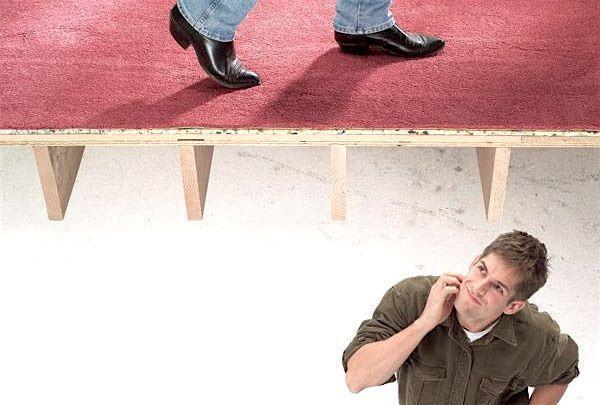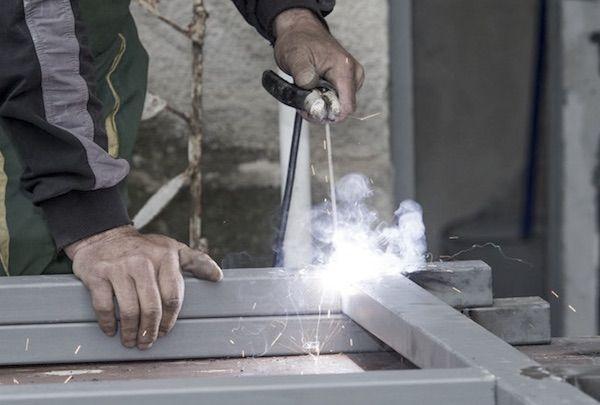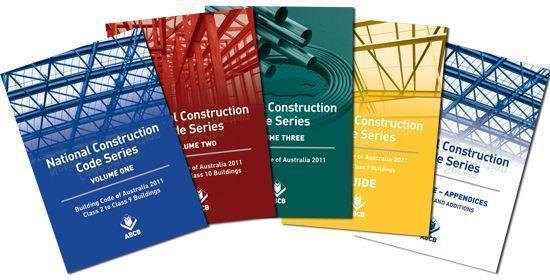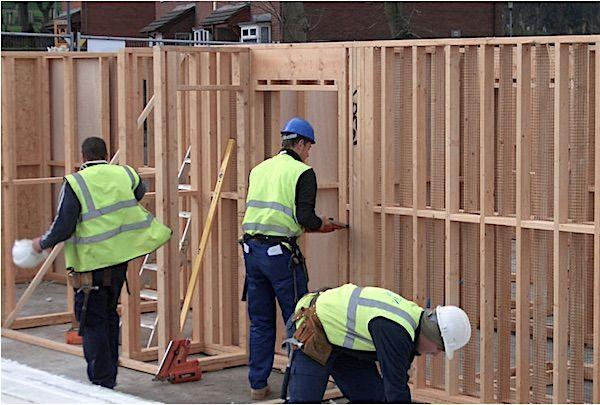The frame of a building is its backbone, and it's crucial that it is secure and safe. There are at least two ways to build a frame, a steel frame, and a timber one and there are debates about which should be recommended.
Many misconceptions and myths abound in the debate on timber vs. steel frames that confuses builders, owners and investors in both domestic and commercial landscape. When making a choice between building your home with steel or timber frames, it is necessary that you know and understand the two options and the implications that your choice would have on future costs and circumstances in your home.
Building with timber frames -The risks involved
It is a fair assertion that timber is turning into the old-fashioned way to build. It does have its perks as construction errors can be rectified on-site with a hammer and a nail which though cheap and easy for builders, is not very reassuring for homeowners. Additionally, timber comes with numerous natural weaknesses and is receptive to damage.
Timber is a natural cellulose matter and is milled with all of its natural imperfections and weaknesses. Timber frames are receptive to damage in both internal surface stress fractures and termite infestation, which can be very expensive to rectify. In comparison, steel frames and trusses, are designed to be stronger, last longer, be more secure, and very importantly, termite proof.
According to data-based research, within a five year period, one in five Australian homes will suffer termite infestation
The repercussions of that include: Repair costs, preventive treatments and termite Inspection costs and other costs.
Steel frames are clearly the better choice in this aspect.
Steel vs. Timber Frames: Movement

The occurrence known as Creaking is what comes as a result of Slight movements in a house framing. It is a popular misconception that steel frames, are ‘noisy’. Although most framing products encounter some movement at their fixing points, it is important to understand that not all frames experience noise. Our steel framing system unlike most timber and other steel framing systems are fixed with patented brackets and connections. These clever and unique connections entirely prevent movement and hence eliminates noise. When making a choice between timber vs. steel frames for you new home, the fact that our steel frames are professionally and expertly engineered for silence should be at the top of your mind. You can read more about how the steel frame system works here. Timber frames are butt jointed and held in place by nails, in contrast, steel frames are riveted and bolted into place. This makes timber frames prone to movement as it reacts as it shifts, warps and reacts to heat, cold and atmospheric moisture, permitting movement and consequently noise.
Cracking of the plasterboard is another common problem caused by frame movement. Since timber is a water-based cellulose product, it expands and shrinks according to environmental conditions. The rate at which it does this directly conflicts with the plasterboard, which causes the lining surface to crack, and cracked cornices and ceiling joints to peak. Unlike timber, steel frames are backed by a lengthy Warranty* and does not shrink, warp, or twist, providing a solid and sturdy frame for plasterboard which eliminates the cracked cornice and surface splitting problems linked with frame movement. Steel is the intelligent choice in the steel vs. timber frames debate for keeping your walls true and straight.
Steel vs. Timber frames: Cost
Compared to timber, steel is always more expensive. In the later months of 2008 and first months of 2009, steel was quite expensive due to the cost of the raw materials involved in its production. Additionally, the steel production business is dominated by a few giant players who make excellent margins on their product. The fact that trades charge more to work around steel (it is more labor intensive), when compared to timber, makes it the more expensive of the two during construction.
Cost is the principal reason most homes are built with timber. If steel were equal to, or cheaper in cost than timber across an entire construction work, then it would be the undeniable number one material used in home construction.
It is difficult to put a figure on exactly how much more cost is incurred, however, a rule of thumb exist in the construction business: you get what you pay for. This doesn't only apply to frames and trusses; it applies to all things, you should assess value by carrying out research.
Steel vs. Timber: Ants and Termite Protection
Steel frame and truss systems are completely protection from white ant infestation. This is one of the primary reasons people select them, and if you have ever experienced a termite infestation, you'll know what a great thing this is. However, you still need to have a termite protection system as steel frames do not shield your entire home. It is very dangerous not to have a termite protection system because there are lots of other products in your home that contain timber or composite materials that will entice termites. The Steel Frame Manufacturer does not guarantee you any form of protection against a termite attack. You must look for ways to protect yourself against that.
Timber Frames and Trusses generally entice termites. It is required that you have an efficient and proven termite management system in place. As a result of failing to inspect the home regularly, a home will be prone to damages from termites. It is a people problem and has nothing to do with the system. The management systems of termite are only as good as the persistence of the homeowner to check the house from time to time, usually every six months.
Steel vs. Timber: Strength and Quality
All homes should be designed to meet Australian building standards. They are independently inspected during construction stages and when construction is completed. It is a relative game to argue the points of strength in materials. Any type of home professionally engineered will definitely stand the test of time.
Steel vs. Timber: Environment
Today’s environmental argument is a highly passionate one with lots of half-truths flourish. You have to consider the whole environmental impact on a proportional basis if you are environmentally conscious. You cannot be discriminatory about which facts your decisions are based upon.
Timber is a renewable resource. It is also a natural product which is environmentally friendly. Ethically sourced timbers are the best to make use of. They have no illegal logging of natural habitat.
Steel production consumes high levels of energy during the production process. Due to this, the steel production industry remains one of the major polluters on the planet. Aluminum production is even regarded worse. There are now bigger issues to consider if the frame company is a steel/alloy composite. These mills leave a massive carbon footprint along the entire production process. If manufactured overseas, the carbon deposits can be more because they have fewer regulations imposed.
The fact that steel can be recycled is the major upside.
On steel frame houses, the thermal transfer of heat is greater when compared to that of timber frame homes. In case you were to own two houses with the same amount of air conditioning and insulation, your timber framed home will be warmer in the winter and cooler in the summer. Fundamentally, timber framed house usually save you a lot of money on settling energy bills when compared to that of Steel frame. It also saves the environment from lesser energy production.
The environmental influence has a straight relationship with sustainable and energy efficient buildings. We offer sustainable homes as well as energy efficient building design. Kindly contact us for more details.
Trade Management and Installation of Steel vs. Timber

Only highly experienced framing specialists are allowed to put together Steel frame kit homes; the manufacturer regularly recommends them. Make sure that you have acquired the services of such specialists before going ahead. This is no different with timber frame kit homes. Experienced carpenters should be employed. One of the significant structural elements to your home is the frame and truss system, treat it as such. It is also required that all the grommets and holes are prepared and pre-punched. This should be done so that the erection of the frame and trusses, as well as the installation of other services like plumbing and other electrical installations, run smoothly. Always remember that it may not be easy to make any changes on site when steel is being used. On the contrary, timber will offer you more flexibility.
Make sure the contractors you use have prior experience working with steel. Do not use people who possess no prior experience with working with steel before. This is because steel is not made use of frequently. You may be required to find the right team for the different parts of the house. This may end up reducing your choice of professionals, which in turn increases cost.
Steel vs. Timber: Rust / Corrosion
In a coastal environment, a steel frame is particularly risky. All building products can be affected as a result of the effects of water, wind, and salt, and steel is a highly corrosive material. This issue is just like the termite protection issue. The damaged is often caused by the human complacency element and not the system. Regardless of which materials you have used for your construction, If you live in coastal areas, it will be advisable to take seriously, any water leakage, and get regular building inspections too.
A timber frame only needs protection by bracing and using correct connect plates within the frames and truss manufacture. If you decide to opt for timber, regardless of your location, make sure to check the quality of your connection plates.






